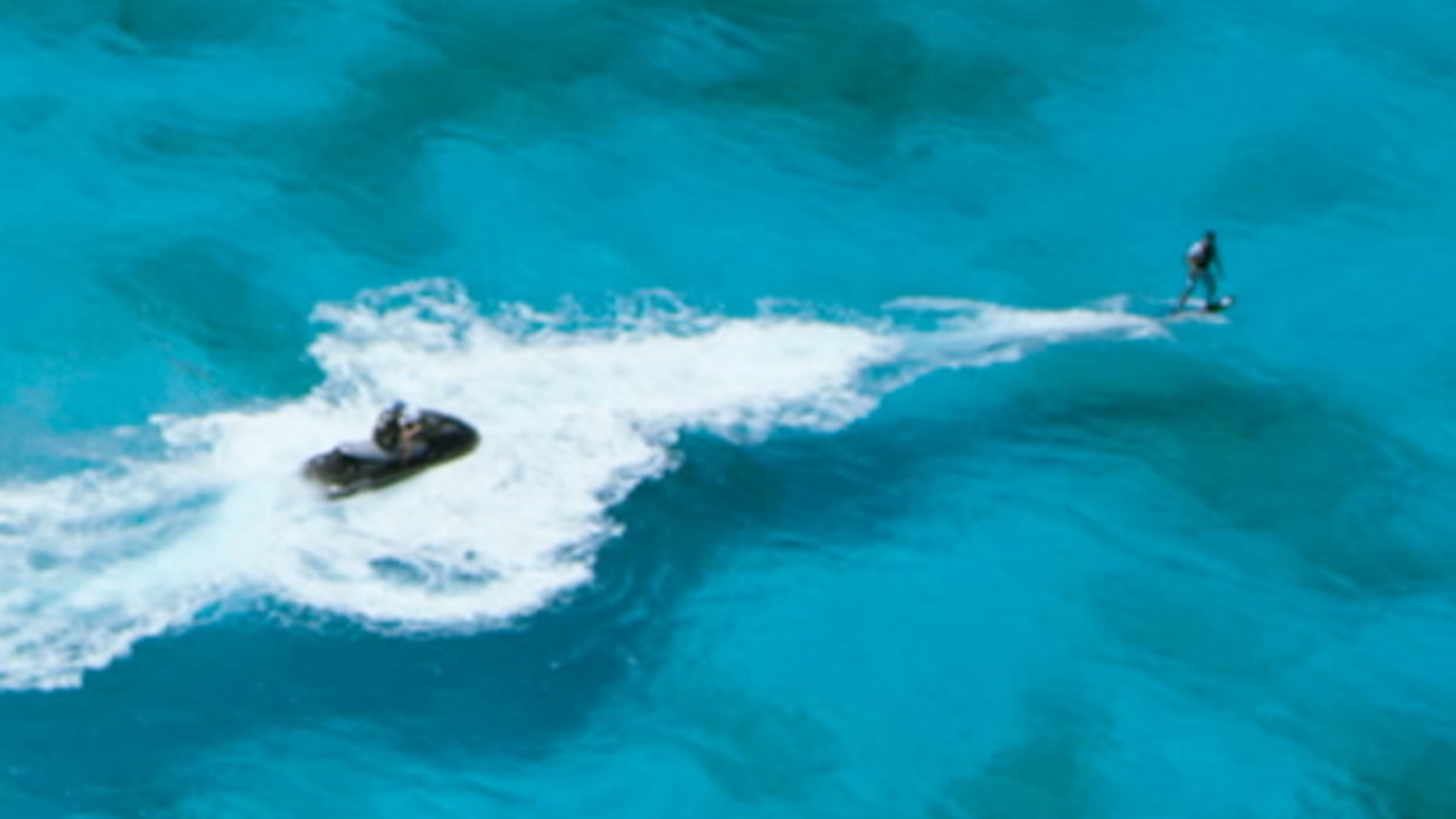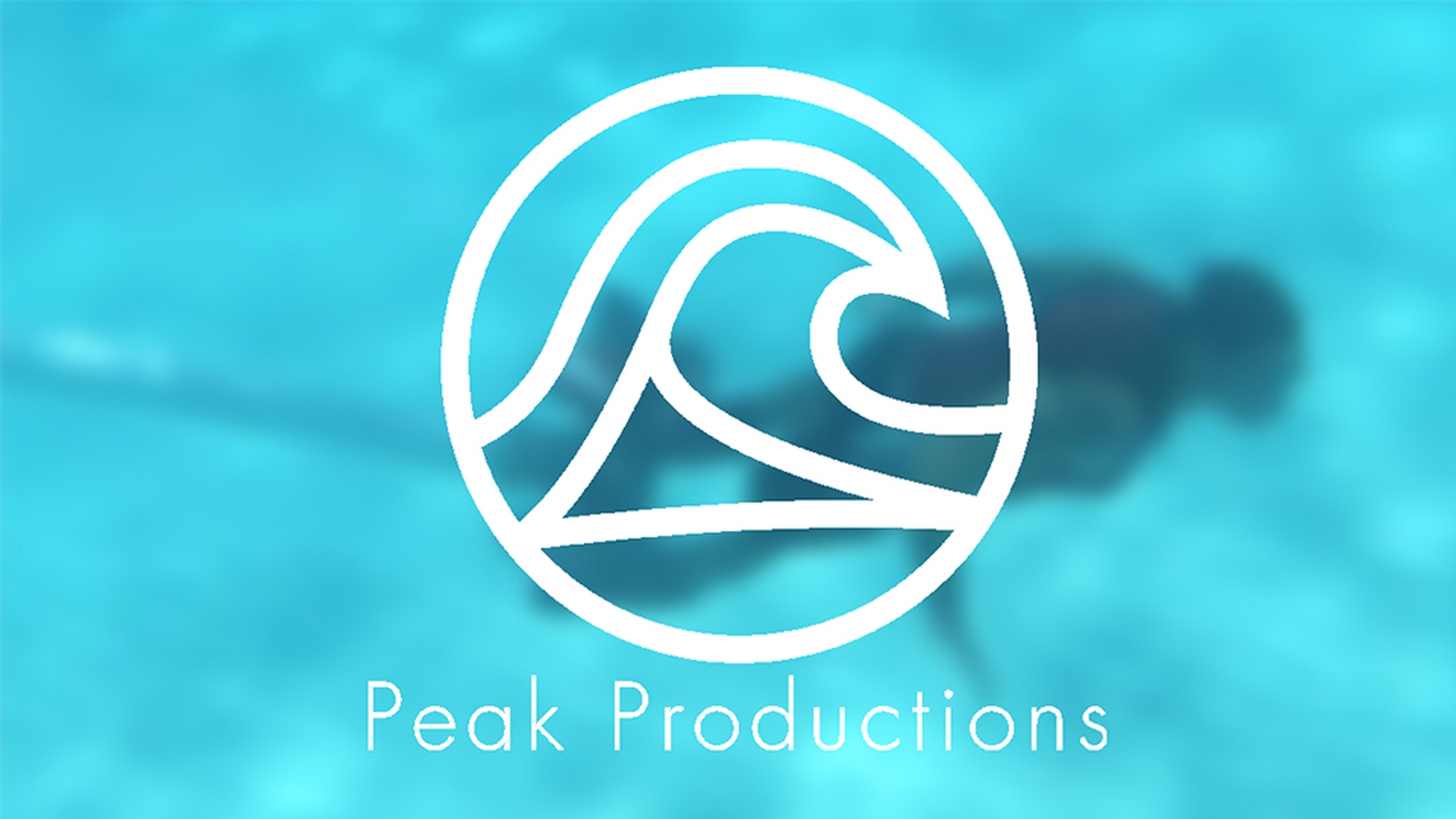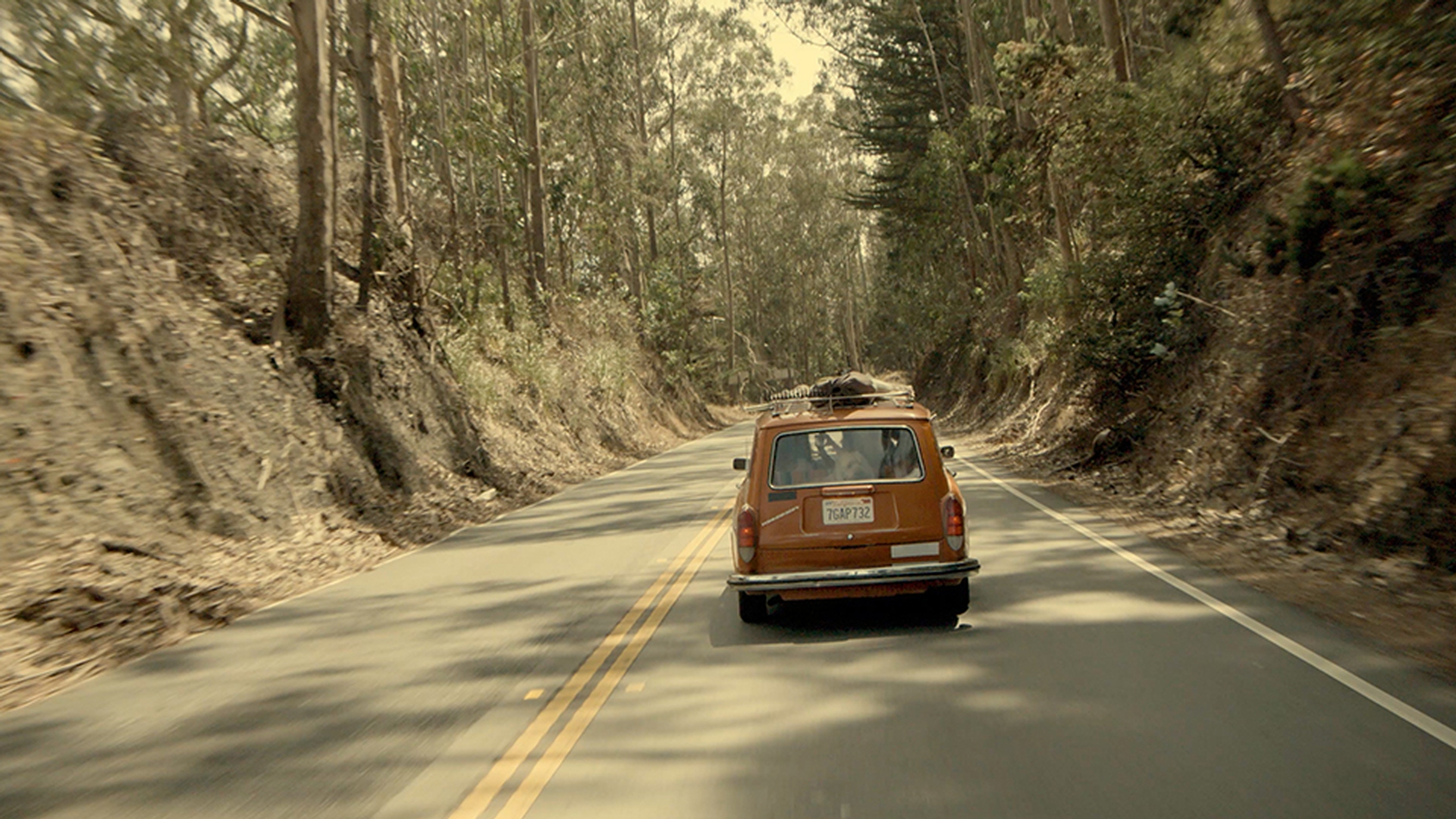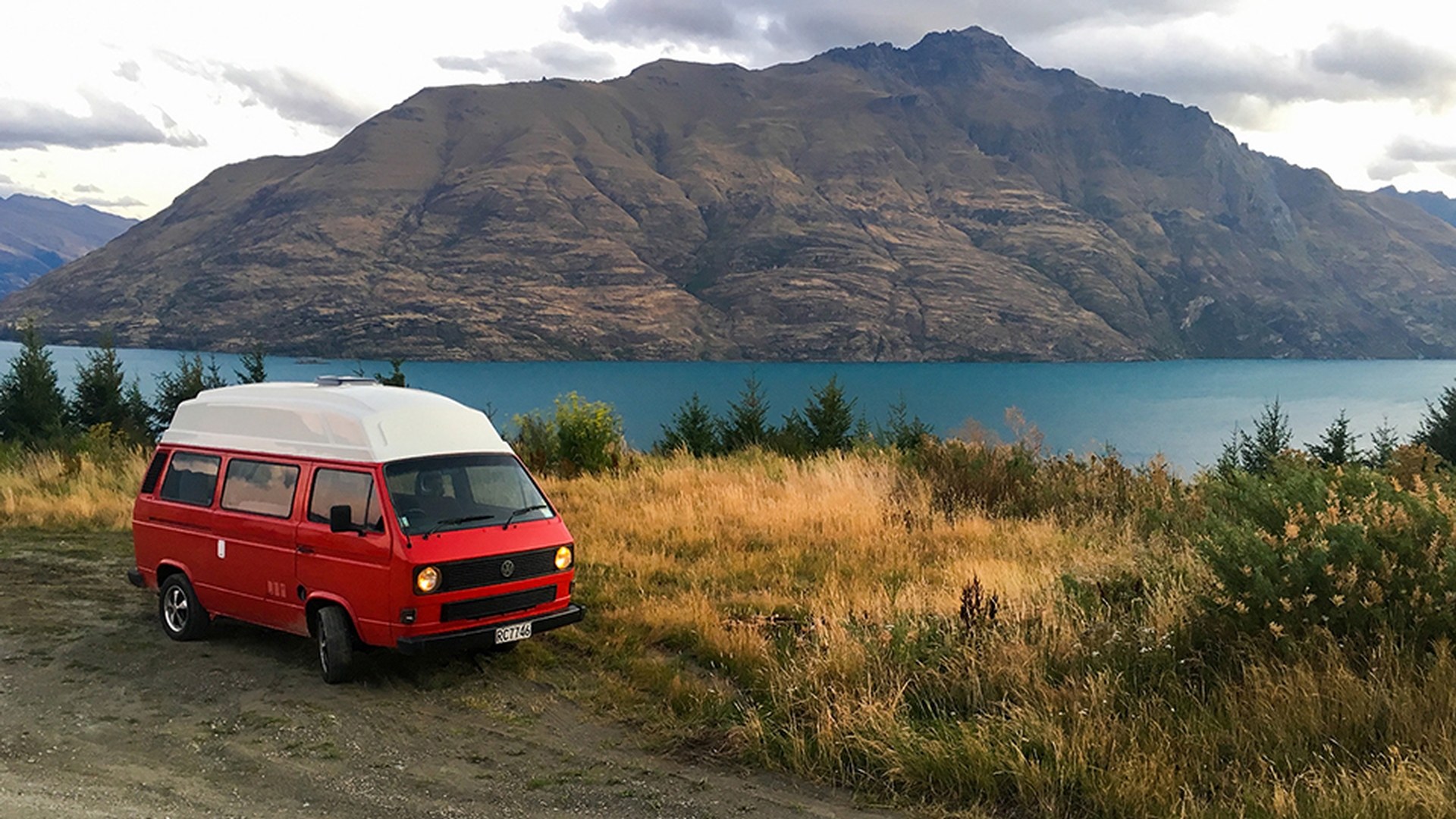教程文章
新手
17 分钟
了解 After Effects
Learn Adobe After Effect's basic tools and techniques with the Get Started series. Get familiar with the workspace and how to create and save your work.
下载示例文件
打开、创建以及保存新项目。
您可学到: 打开项目或创建项目
Start(开始)屏幕包含一列此前已打开的项目。
单击 Start(开始)屏幕上的 New Project(新建项目) 按钮创建新项目,或单击 Open Project(打开项目) 按钮打开项目文件。
了解界面。
您可学到: 界面
活动面板 以蓝色突出显示。 单击任何面板都会激活该面板,激活之后便可访问该面板的选项。
菜单栏(界面顶部)显示 File(文件)、Edit(编辑)、Composition(合成)以及其它菜单。在这里,您可以访问多种指令、调整各类参数以及访问各种面板。
Tools(工具)面板(菜单栏下方,界面左上方)包含用于在您的合成中添加元素和编辑元素的各类工具。 相似的工具组合在一起。 您可以通过单击并按住面板中的工具访问组内的相关工具。
Project(项目)面板 (界面左上角,Tools(工具)面板下方),在这里,您可在 After Effects 项目中导入、搜索和整理资产。 您可在面板底部创建新文件夹和合成,以及更改项目和项目设置。
Composition(合成)面板(界面中部)是显示当前已载入合成的视区。 合成包含时间轴中的一个或以上视频和/或图形元素叠状图层。
时间轴 (界面底部)显示当前已载入合成的图层。
关闭项目: 依次选择 File(文件)> Close Project(关闭项目)。
导入项目使用的资产。
您可学到: 向项目导入媒体
在菜单栏中,依次选择 File(文件)> Import(导入)> File(文件) 打开 Import(导入)对话框,导航至可在您系统中访问的文件,然后选择要导入的元素。
双击 Project(项目)面板的空白区域,这样,无需前往菜单栏便可自动打开 Import(导入)对话框。
导入的文件并未嵌入您的 After Effects 项目。项目可引用它们的位置。
导入项目的所有文件无需放置于一个合成中。
让 Project(项目)面板中的资产井井有条。
您可学到: 整理 Project(项目)面板中的资产
将 Project(项目)面板中的元素向下拖至 New Folder(新建文件夹) 图标,即会创建文件夹并将拖放的元素直接加入这个新文件夹。
标签是整理及选择项目中多个元素的另一种方法。
您可使用 Project(项目)面板中的栏目浏览及整理元素。
Project(项目)面板中的搜索字段可助您查找特定资产。
将 Project(项目)面板中的元素向下拖放至垃圾图标会从项目中删除该文件。
Presenter
Contributor
Contributor
Contributor






